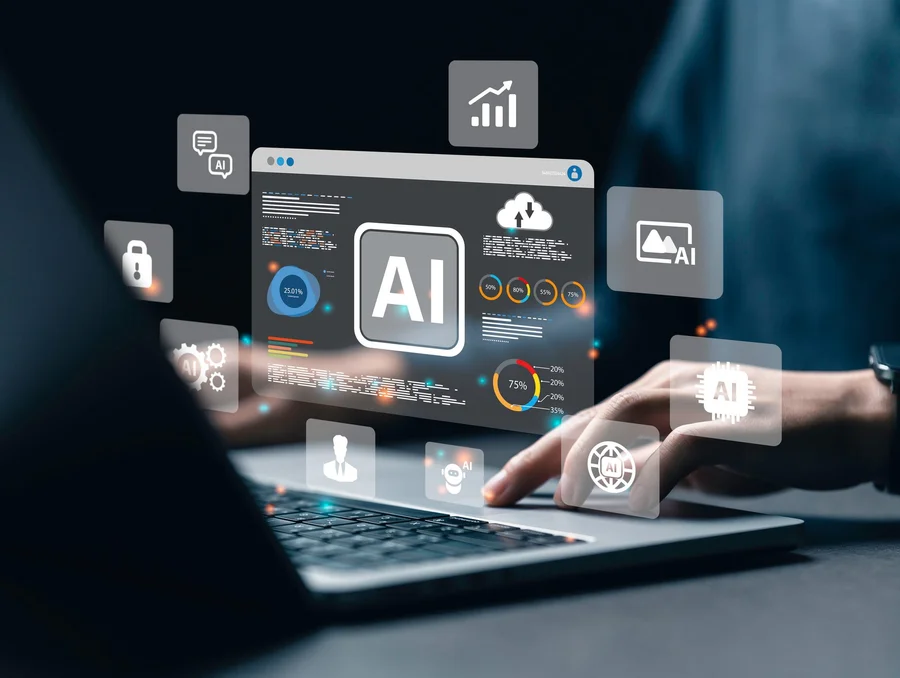Alteryx Chief Data and Analytics Officer Alan Jacobson examines Gen AI use to see what we can garner about its trajectory for enterprise use in 2025.
Gen AI has quickly become a defining technology of the decade, reshaping how businesses operate and make decisions.
Over the past two years, foundational models have evolved dramatically, introducing capabilities that were once considered out of reach.
As we look towards 2025, the emphasis is shifting from foundational breakthroughs to how these models are applied in real-world contexts.
With businesses seeking ways to harness Gen AI’s potential, understanding the innovations, challenges, and best practices is critical.
To get a glimpse into Gen AI’s future, we spoke with Alan Jacobson, Chief Data and Analytics Officer at Alteryx, about what lies ahead for Gen AI.
Transformative developments in Gen AI
One of the most significant changes anticipated in 2025 is how organisations will apply Gen AI to improve operational accuracy and efficiency. “
2023 and 2024 saw major breakthroughs in the capability of foundational Gen AI models,” Alan explains, “but in 2025, attention will turn to the techniques used by those applying the models in industry.”
These techniques will include refining user interactions and improving the accuracy of model outputs.
Alan also highlighted the concept of LLMs (large language models) as agents, where multiple LLMs collaborate to achieve optimal solutions.
He explained, “Imagine one LLM agent creating software code, another checking its security credentials, another optimising its performance, and so on. This approach will become more feasible as costs decrease and performance improves.”
This advancement could revolutionise automation in fields such as software development and system optimisation, enabling businesses to iterate faster and with greater precision.
As organisations embrace these innovations, the focus will shift to recognising high-value use cases and leveraging Gen AI in specific, impactful ways.
Emerging use cases
Gen AI’s applications are expected to grow, particularly in areas that align with the strengths of LLMs.
Alan emphasised that the most impactful use cases will not necessarily align with industry-specific needs but rather with broader technical capabilities.
“Rapid summarisation of large amounts of data is a key use case,” he says. “This includes generating insights that affect businesses, travel plans, or even political processes.”
Such capabilities will empower organisations to derive actionable insights from vast data pools, transforming decision-making processes. For instance, customer service teams might use Gen AI to analyse customer feedback in real time, while risk management teams could summarise financial or market trends.
However, Alan cautioned against treating Gen AI as a one-size-fits-all solution. “Success will depend on understanding both the strengths and limitations of these tools,” he notes, urging organisations to select safe, manageable use cases in the early stages of adoption.
Scaling Gen AI challenges
Scaling Gen AI comes with its own set of challenges, particularly around governance and organisational culture.
“It’s crucial for companies to ask the right questions during implementation. How do we build our knowledge? How can we gain experience with specific use cases?” he explains.
This measured approach fosters confidence and understanding across teams, reducing resistance to adoption.
Alan also addressed common pitfalls, such as creating a culture of fear around AI use. “Gen AI is maths,” he states plainly. “We need to teach people how the maths works, what problems it can solve, and how to keep the organisation safe.”
By focusing on education and trust, organisations can avoid counterproductive policies that stifle innovation.
Looking ahead, Alan advises IT and data teams to prioritise technical expertise and iterative processes.
“The success of GenAI will be less about the foundational model an organisation chooses and more about how it’s used,” he says. From leveraging LLM agents to anonymising data and monitoring model performance, the emphasis should remain on execution.
Parting thoughts
As Gen AI continues to mature, 2025 promises to be a pivotal year. With the focus shifting to application techniques, businesses must adapt by building internal expertise and fostering a culture of innovation.
By addressing challenges strategically and embracing high-value use cases, organisations can position themselves to unlock the full potential of Gen AI.
Through careful planning and education, businesses will not only navigate the complexities of Gen AI but also harness its transformative power to drive growth and success.



